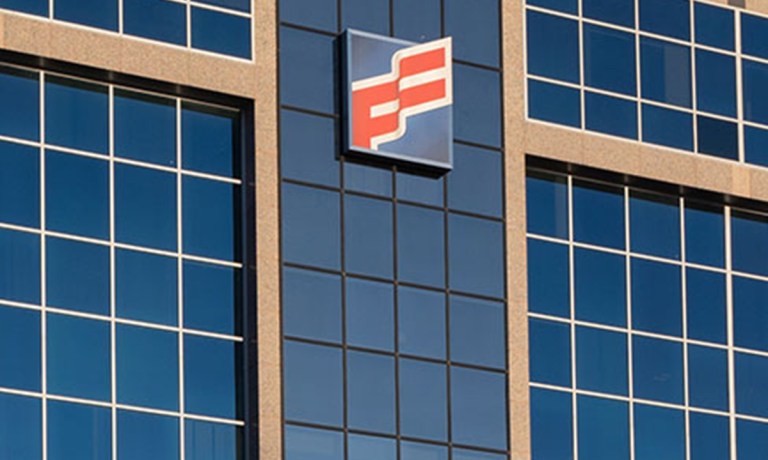
First Citizens Bank now lets customers receive instant payments via the RTP network.
The offering is open to business and consumer banking customers, allowing them to receive secure, instant payments in their savings and checking accounts, the bank announced Tuesday (Sept. 10).
“In today’s fast-paced financial environment, customers need and appreciate the ability to receive money instantly without waiting for clearance or other transaction delays,” Matt Ribbens, the bank’s senior director of treasury management payment products, said in a news release.
“With the RTP network, if someone sends you money now, you get it now and you have immediate access to use those funds for any financial need,” Ribbens continued, adding that the bank was “actively working on adding the ability to send instant payments via the same RTP network as soon as next year.”
With the RTP network, the release said, First Citizens lets customers get paid in just seconds, much quicker than alternatives like ACH and wire transfers, with 24-hour availability and the ability to get electronic messages with details about the transaction.
As noted here earlier this week, instant payments “have captivated businesses and consumers with the promise of a more agile financial ecosystem,” though the transition from traditional payment methods to real-time systems RTP is experiencing hurdles.
The PYMNTS Intelligence report “Are Challenges Still Holding Back Instant Payments Adoption in the US?” examined the enduring use of older payment methods and the complicated requirements for adopting instant payment technology.
Businesses and consumers are in favor of instant payments, driven by a desire for faster, more efficient transactions. A study from the U.S. Bank found that more than 40% of companies with revenues that exceed $100 million are already using the RTP network.
In addition, 68% of businesses say they plan to adopt instant payments via RTP or the FedNow Service within the next two years.
“This enthusiasm spans various sectors, including 81% in consumer and retail, 75% in hospitality and leisure, and 70% in healthcare,” PYMNTS wrote. “These figures highlight a recognition of instant payments’ potential to enhance liquidity management and boost customer and vendor engagement.”
Even with this momentum, traditional payment methods are resilient, with checks still accounting for 15% of B2B payments for retailers and manufacturers and 21% for real estate transactions. This persistence suggests that while businesses recognize the benefits of instant payments, a total transition has yet to occur.